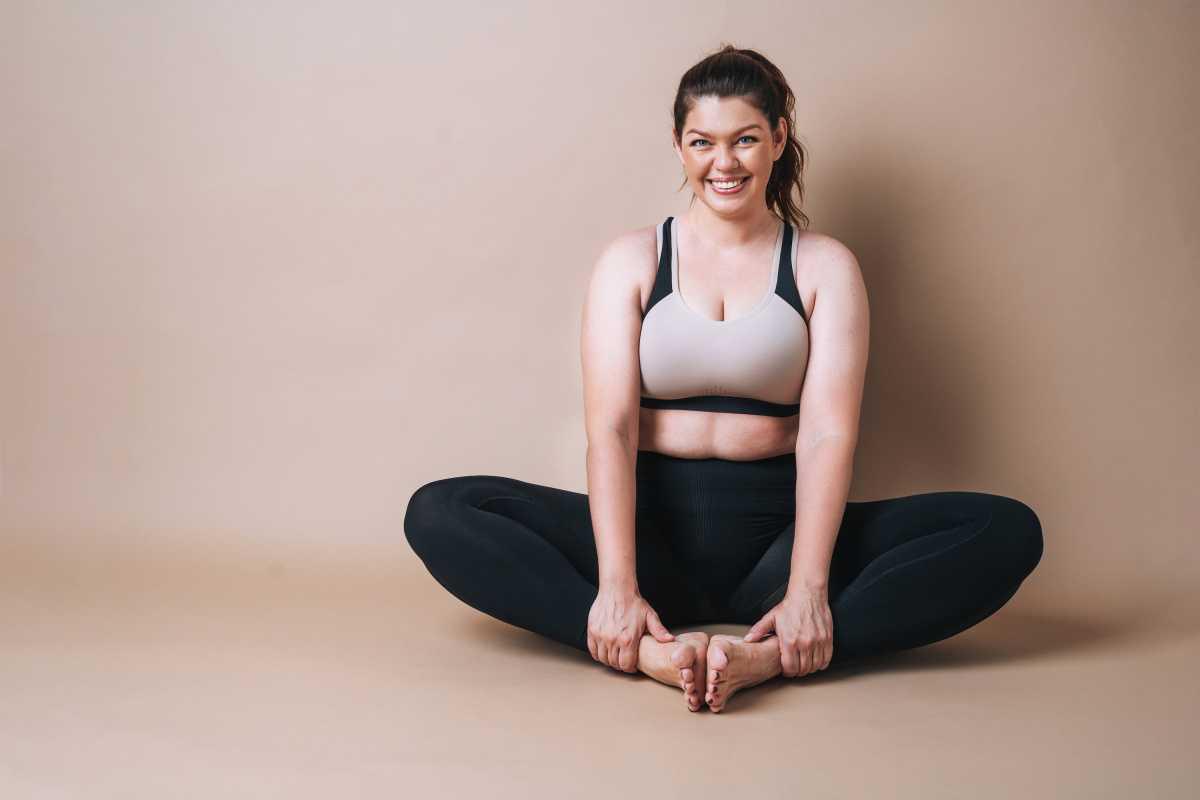The Grounded Body Type embodies stability, calmness, and a nurturing presence. These individuals exude warmth and reliability, often serving as a source of comfort for others. With their steady energy and enduring nature, they thrive in environments that value consistency and patience. However, their grounding tendencies can sometimes lead to sluggishness, feelings of heaviness, or difficulty letting go of physical and emotional attachments1.
By understanding the unique characteristics of the Grounded Body Type, we can find ways to maintain vitality, clarity, and lightness. With personalized skincare, mindful practices, and lifestyle adjustments, they can feel balanced and energized while radiating their natural warmth.
Ready to nourish your body and invigorate your spirit? Explore the Rejuvenating Diet Plan for the Grounded Body Type to discover tailored dietary and lifestyle recommendations that support your well-being. Click here to start your journey to balance and renewal!
Physical Characteristics
- Build and Frame: Solid and sturdy, with a heavier, more developed build and broad chest.
- Skin: Soft, luminous, and slightly oily, often cool to the touch, with a pale or bright complexion2.
- Hair: Thick, wavy, and dark, with a naturally healthy shine.
- Eyes: Large, soft, and captivating, often in shades of blue or deep brown, with bright whites.
- Temperature Sensitivity: Prefers warm, dry climates and dislikes cold, damp weather3.
Inner Strengths and Traits
- Emotional Stability: Calm, patient, and forgiving, offering unwavering support to those around them4.
- Reliable Energy: Slow but steady endurance, with exceptional stamina and resistance to disease5.
- Grounded Nature: Naturally peaceful and harmonious, often a source of stability for others.
- Long-Term Thinking: Excellent memory, deliberate thought processes, and a preference for dependable routines.
Behavioral Patterns
- Relaxed Approach: Easygoing and slow-paced, often embodying grace and gentleness.
- Relationship-Oriented: Affectionate and loving, with strong, lasting bonds in personal relationships.
- Possessive Tendencies: May hold tightly to people, possessions, and money, excelling at saving and preserving resources6.
Common Wellness Challenges
- Weight Management: Prone to gaining weight, with slower digestion and a tendency toward sluggishness7.
- Respiratory Issues: Susceptible to colds, congestion, and allergies8.
- Emotional Balance: Can experience heavy or oppressive feelings, requiring intentional efforts to boost energy and mood9.
Personalized Wellness Tips for the Grounded Persona
Dietary Focus
- Energizing Choices: Opt for warm, cooked meals and spicy, bitter, or astringent flavors like ginger, turmeric, and leafy greens10.
- Hydration: Sip warm teas or hot water throughout the day.
- Avoid These: Cold drinks, frozen desserts, sugary foods, and overly salty dishes11.
Skin and Self-Care Practices
- Use warming and invigorating products, such as those with cinnamon, clove, or citrus oils12.
- Focus on regular exfoliation to improve circulation and reduce oiliness.
- Include dry brushing and massages with light, stimulating oils like almond or grapeseed13.
Mind-Body Connection Tips
- Activity Boost: Incorporate brisk walks, yoga, or dancing to counteract sluggishness and stimulate circulation14.
- Daily Routine: Establish an energizing morning routine to start the day with focus and motivation.
- Mental Stimulation: Explore new hobbies or challenges to stay mentally engaged and reduce feelings of inertia15.
The Warming and Energizing Rejuvenation Plan
During the first week of the plan, you may notice a temporary dip in energy or mild digestive discomfort as your body adjusts to eliminating toxins16. By the second week, expect improved lightness, mental clarity, and a revitalized sense of well-being.
Stay tuned for specific dietary recommendations, skincare tips, and lifestyle adjustments to complement your grounded nature and enhance vitality.
Footnotes
-
Lad V. Ayurveda: The Science of Self-Healing. Lotus Press, 1984. ↩
-
Rathi B, Rathi V. “A Clinical Study on Kapha Skin Type Characteristics.” Int J Ayurveda Pharm Res. 2013. ↩
-
Pole S. Ayurvedic Medicine: The Principles of Traditional Practice. Singing Dragon, 2013. ↩
-
Bhavana P. “Constitutional Types in Ayurveda (Prakriti).” J Ayurveda Integr Med. 2010. ↩
-
Sharma H, Chandola HM. “Prakriti-based medicine: Ayurvedic concept of constitution and its correlation with contemporary science.” Ayu. 2011. ↩
-
Svoboda R. Prakriti: Your Ayurvedic Constitution. Lotus Press, 1998. ↩
-
Saltzman E, et al. “Obesity: Nutrition and hormonal regulation.” Endocrinol Metab Clin North Am. 2008. ↩
-
Gern JE. “Viral respiratory infection and the link to asthma.” Pediatr Infect Dis J. 2008. ↩
-
Field T. “Exercise and depression: A review.” J Clin Psychol Med Settings. 2011. ↩
-
Tiwari S. “Digestive Fire and Ayurveda.” Ayurveda Journal of Health. 2012. ↩
-
WHO. “Healthy diet factsheet.” https://www.who.int/news-room/fact-sheets/detail/healthy-diet ↩
-
Draelos ZD. “Skin rejuvenation through herbal actives.” Clin Dermatol. 2009. ↩
-
Ernst E. “Massage therapy for stress and anxiety: A systematic review.” J Complement Med. 2009. ↩
-
Wankel LM. “The importance of enjoyment to adherence and psychological benefits from physical activity.” Int J Sport Psychol. 1993. ↩
-
Choudhary A, et al. “Behavioral strategies for mood regulation.” Indian J Psychol Med. 2018. ↩
-
Grover S, et al. “Detoxification in Ayurveda: A scientific approach.” Ayu. 2011. ↩


